News
The Isle of Man Steam Packet Company news feed provides important updates on ferry schedules, service changes, travel alerts, and company announcements.
Filter
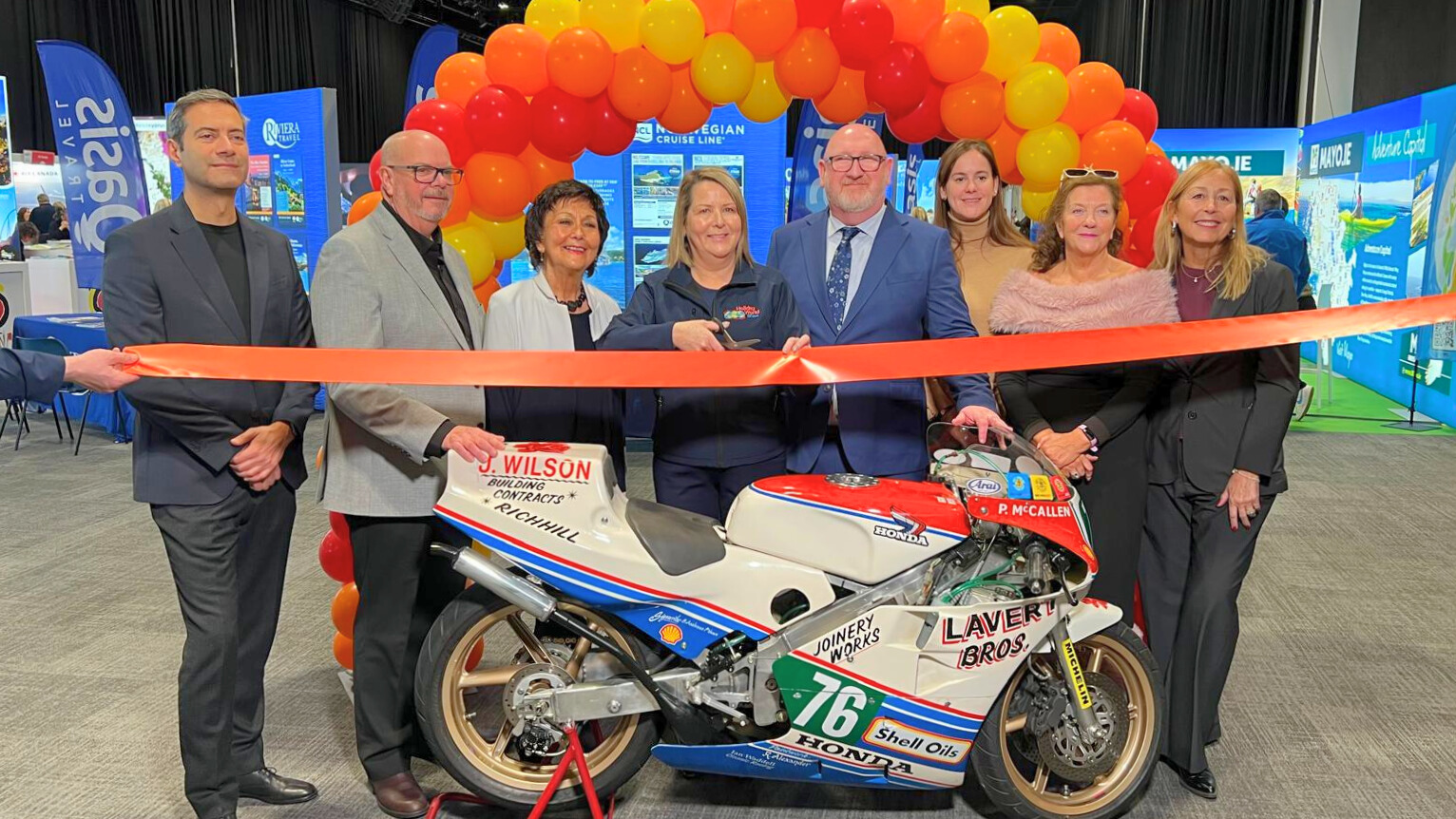

Isle of Man Steam Packet Company and Visit Isle of Man wrap up an exciting and successful visit to Holiday World Show Belfast
13 January 2026
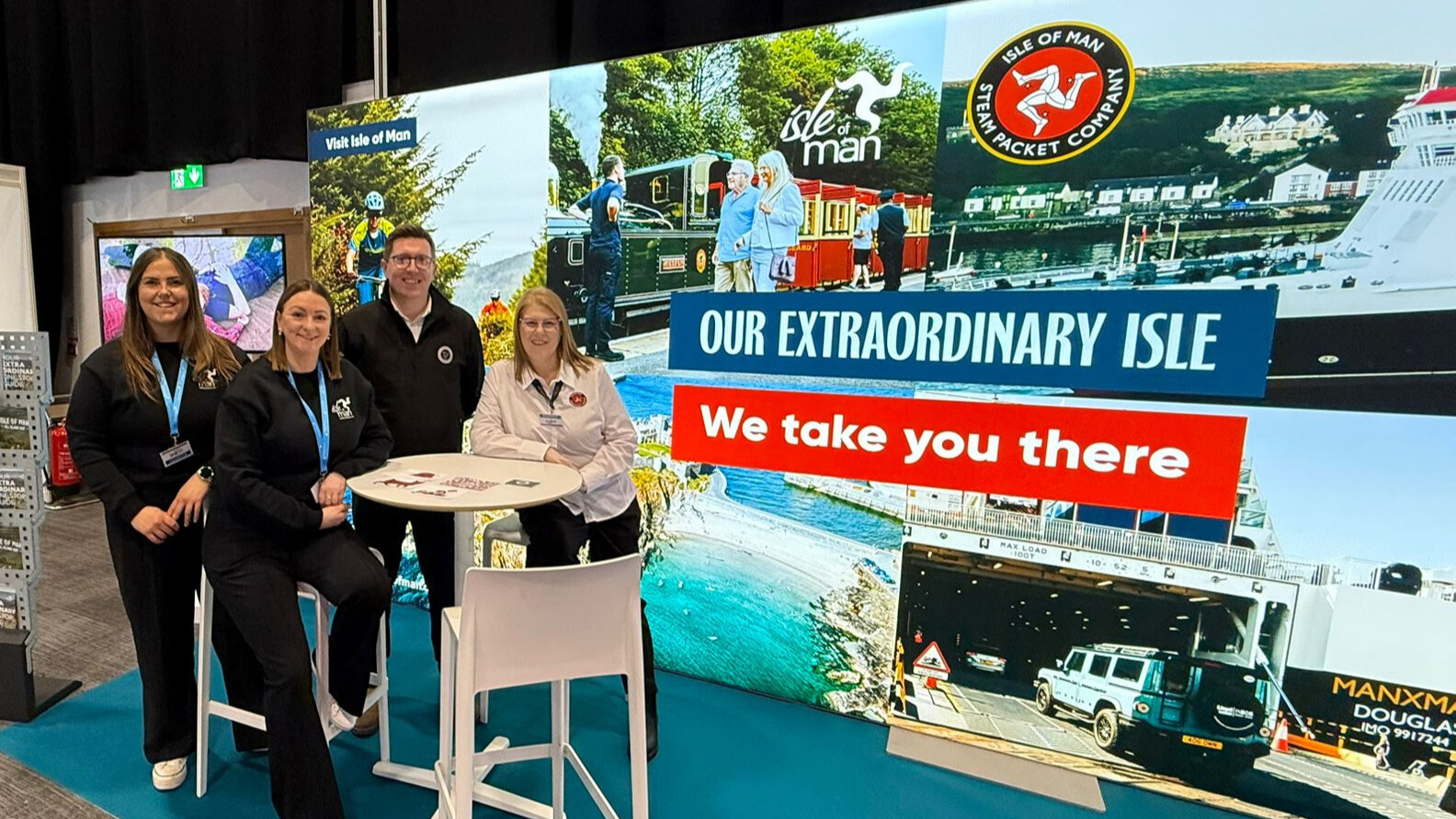

Isle of Man Steam Packet Company attends Belfast Holiday World show to promote new routes and schedule
9 January 2026


Isle of Man Residents service survey launched
8 January 2026
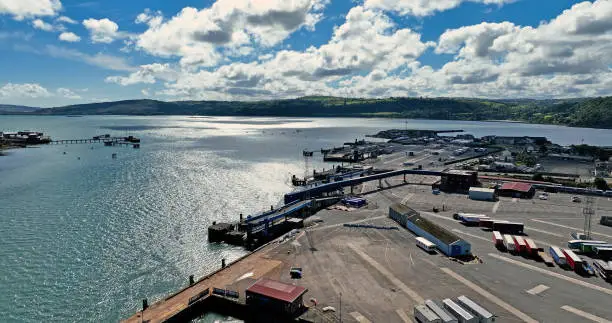

Isle of Man Steam Packet Company unveils major overhaul of schedule to boost Isle of Man connectivity
20 November 2025
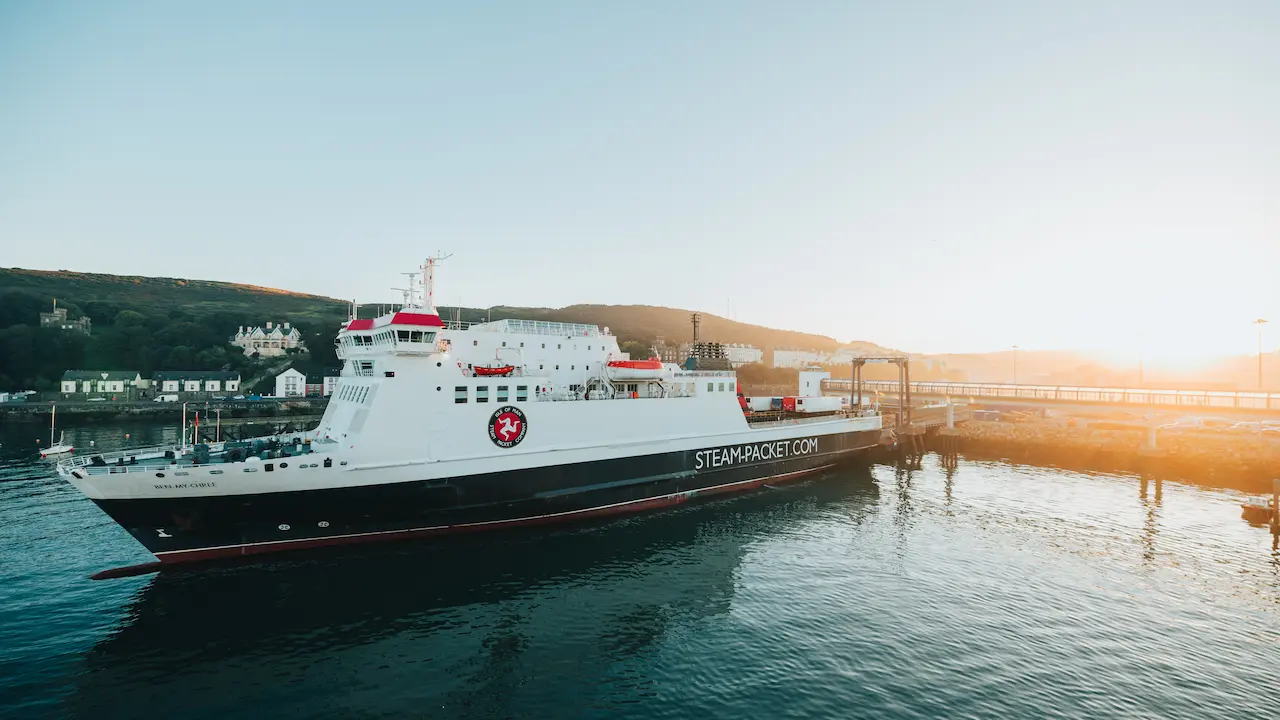

Ben-my-Chree will undertake a trial sailing to Larne
21 October 2025
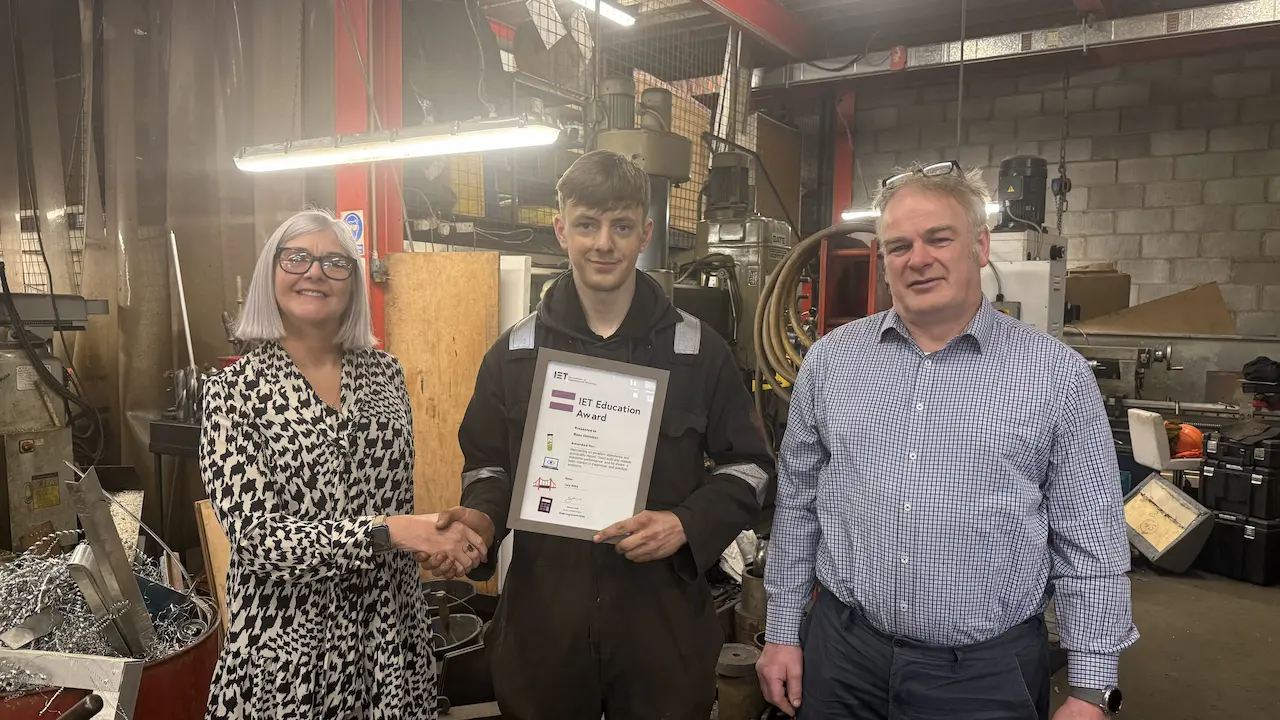

Steam Packet Apprentice Ryan Honoured with Engineering Excellence Award
17 October 2025
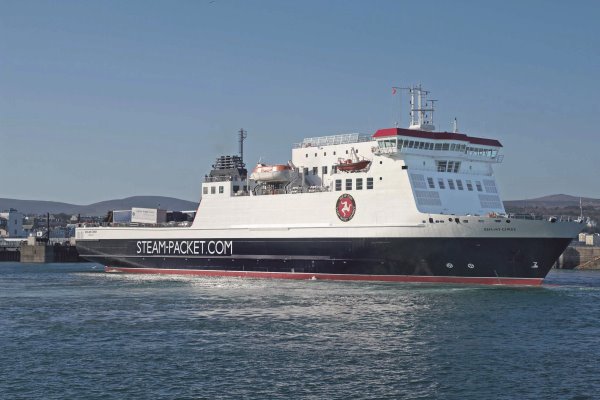

Isle of Man Steam Packet Company secures charter for Ben-my-Chree
16 October 2025
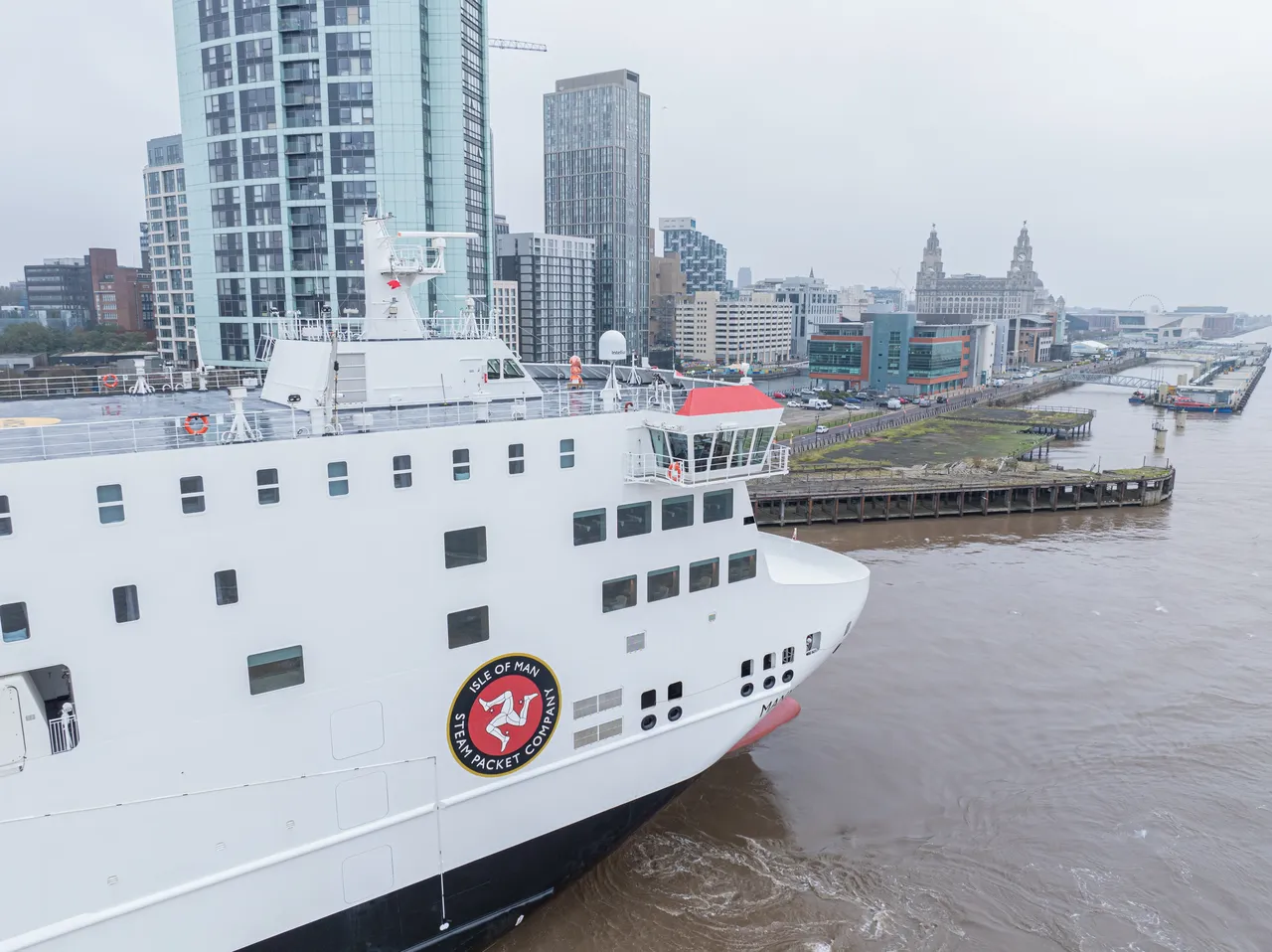

Steam Packet Company working to resume sailings as Storm Amy creates challenging conditions
4 October 2025
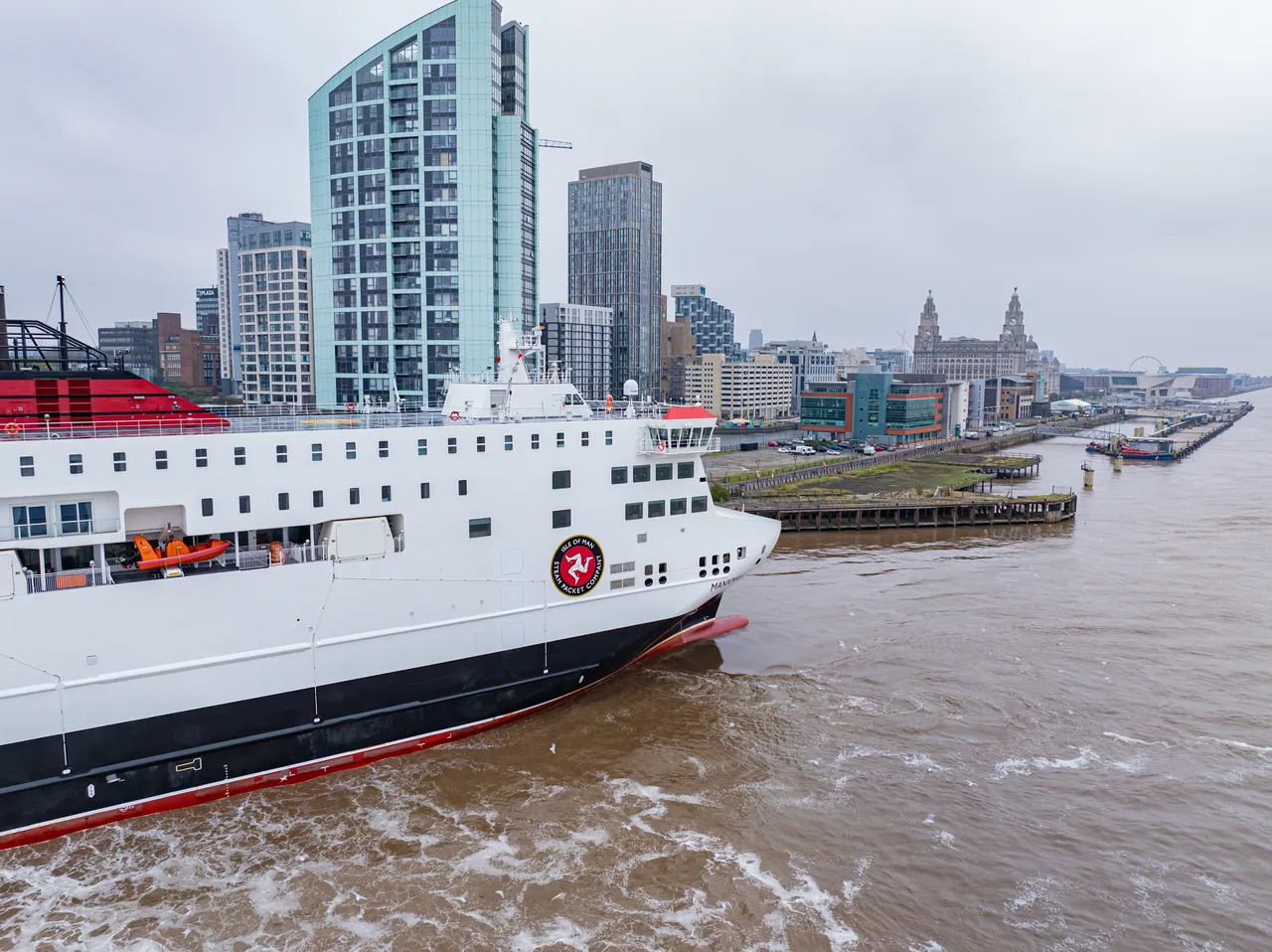

Works at Isle of Man Ferry Terminal, Liverpool require IOMSPC to reschedule sailings
1 October 2025
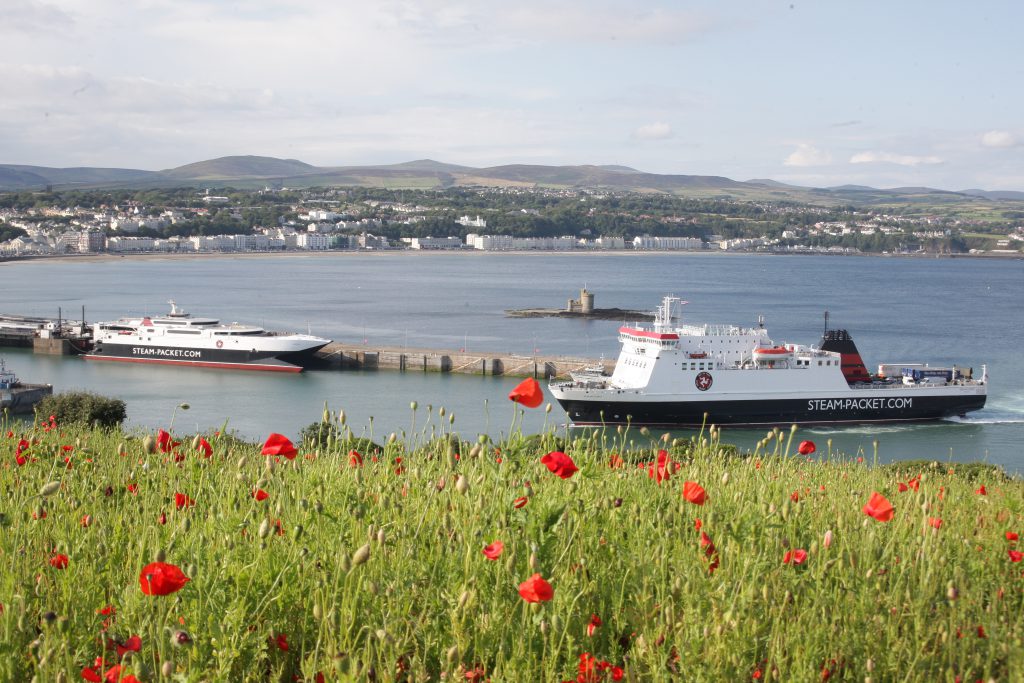

Isle of Man Steam Packet Company welcomes Chief Minister’s comments on pricing structure and future funding of vessels
12 September 2025
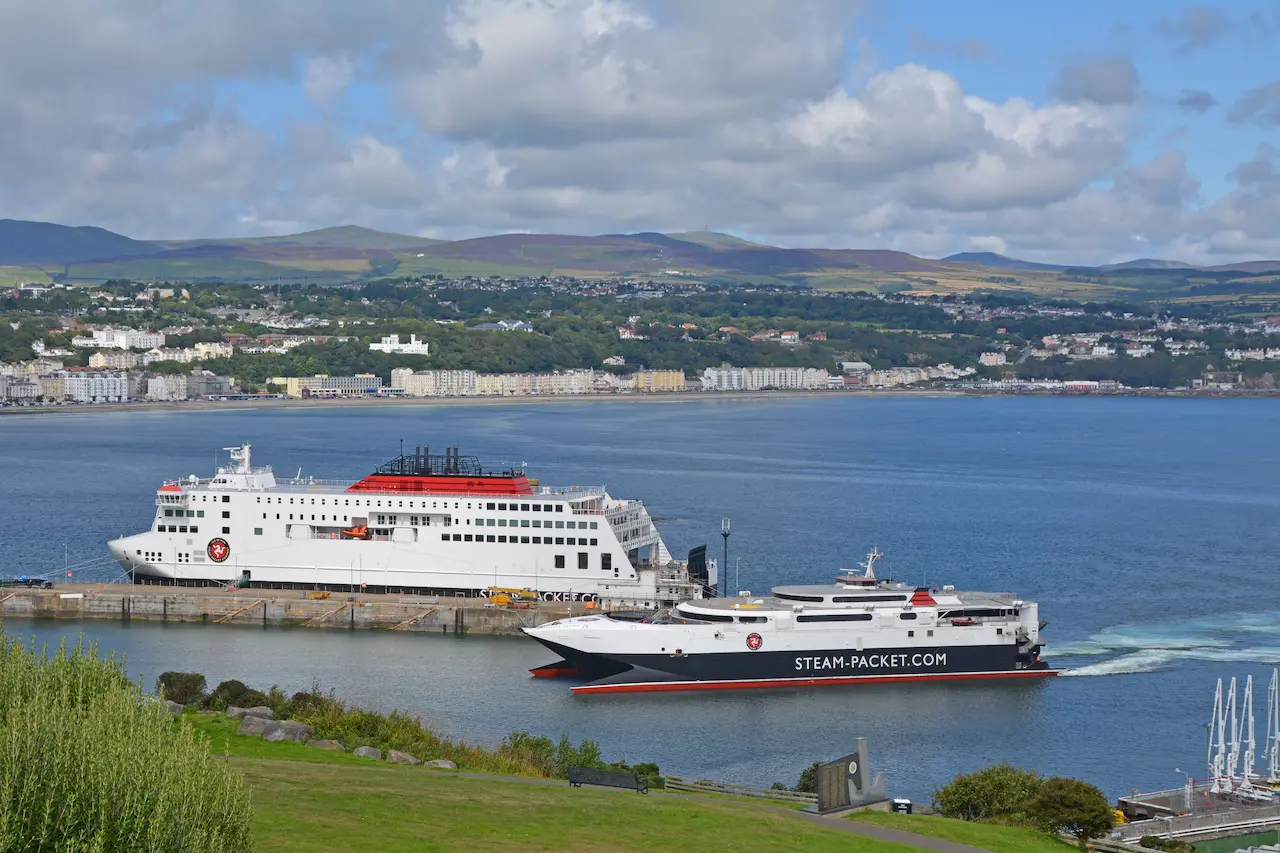

IOMSPC confirms positive growth in Summer holidays traffic
11 September 2025


Isle of Man Steam Packet surveys IOM Residents for their opinions
10 September 2025
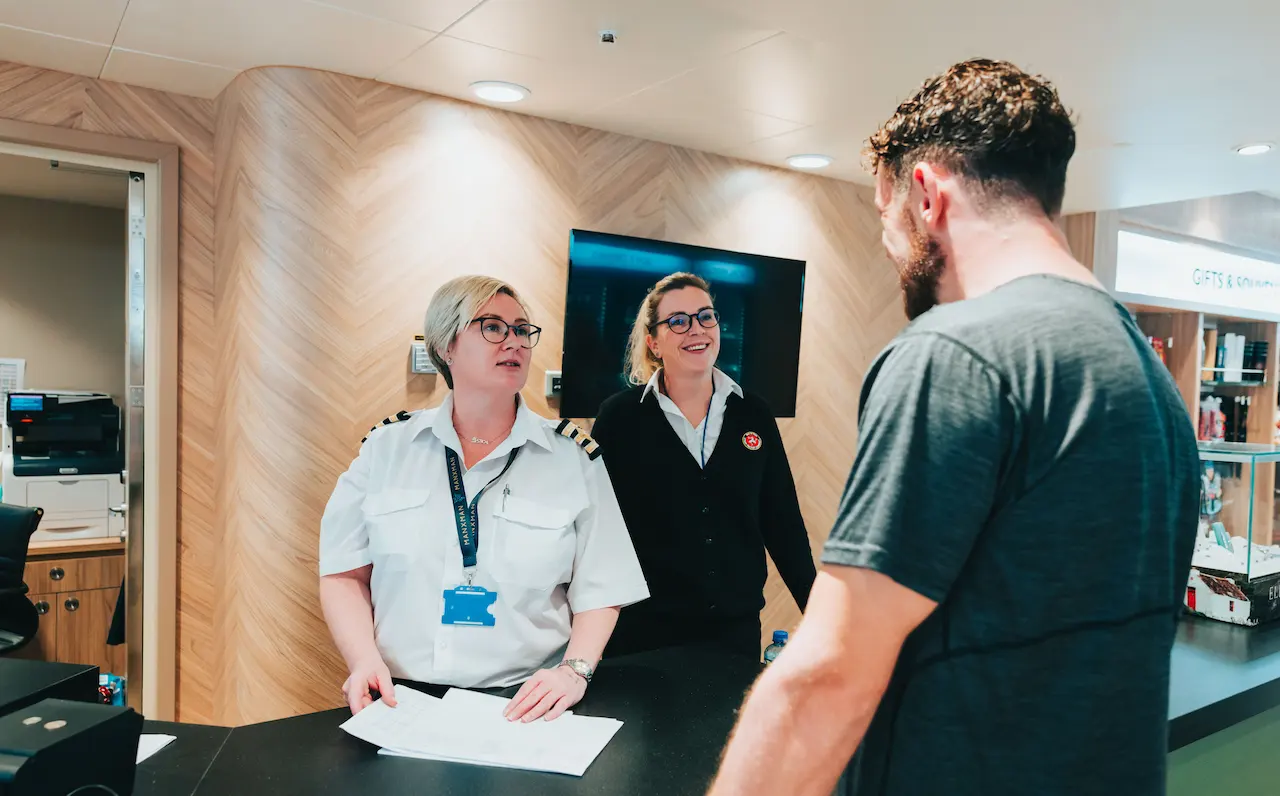

Your Voice Matters! - IOM Residents, please let us know how you feel
10 September 2025


IOMSPC apologises to travellers caught up in further delays to Ben-my-Chree's schedule
21 August 2025
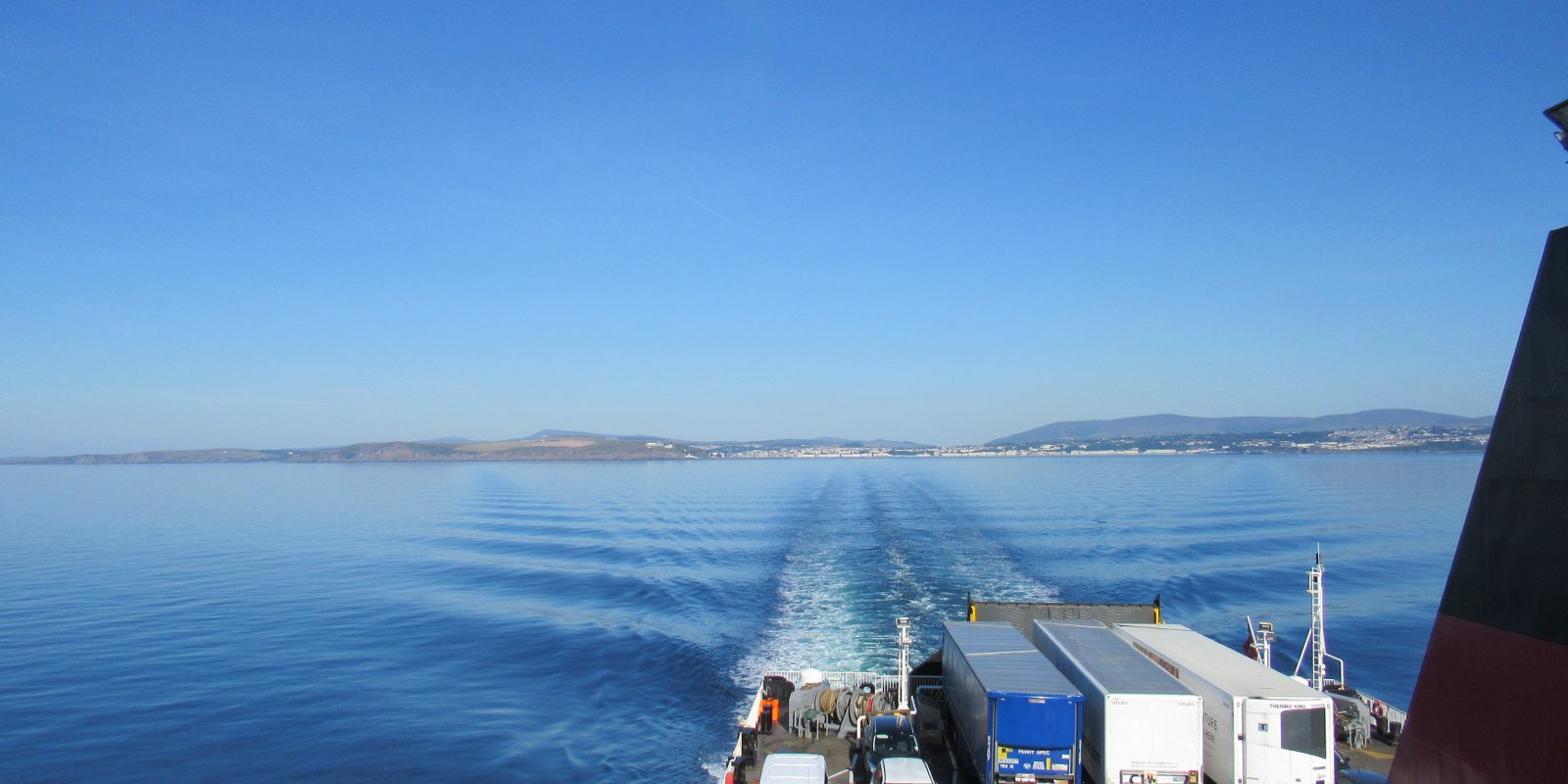

Progress update on return to normal service
20 August 2025

Stay in touch
Join our mailing list to receive early-bird offers, exclusive deals and travel inspiration.